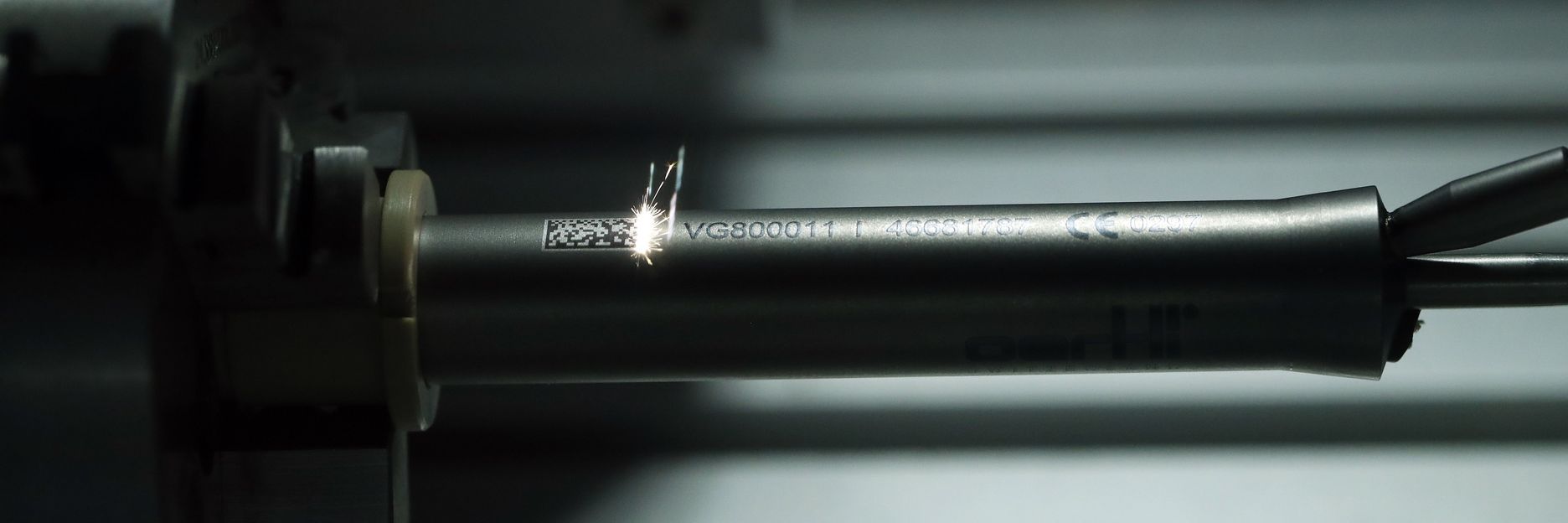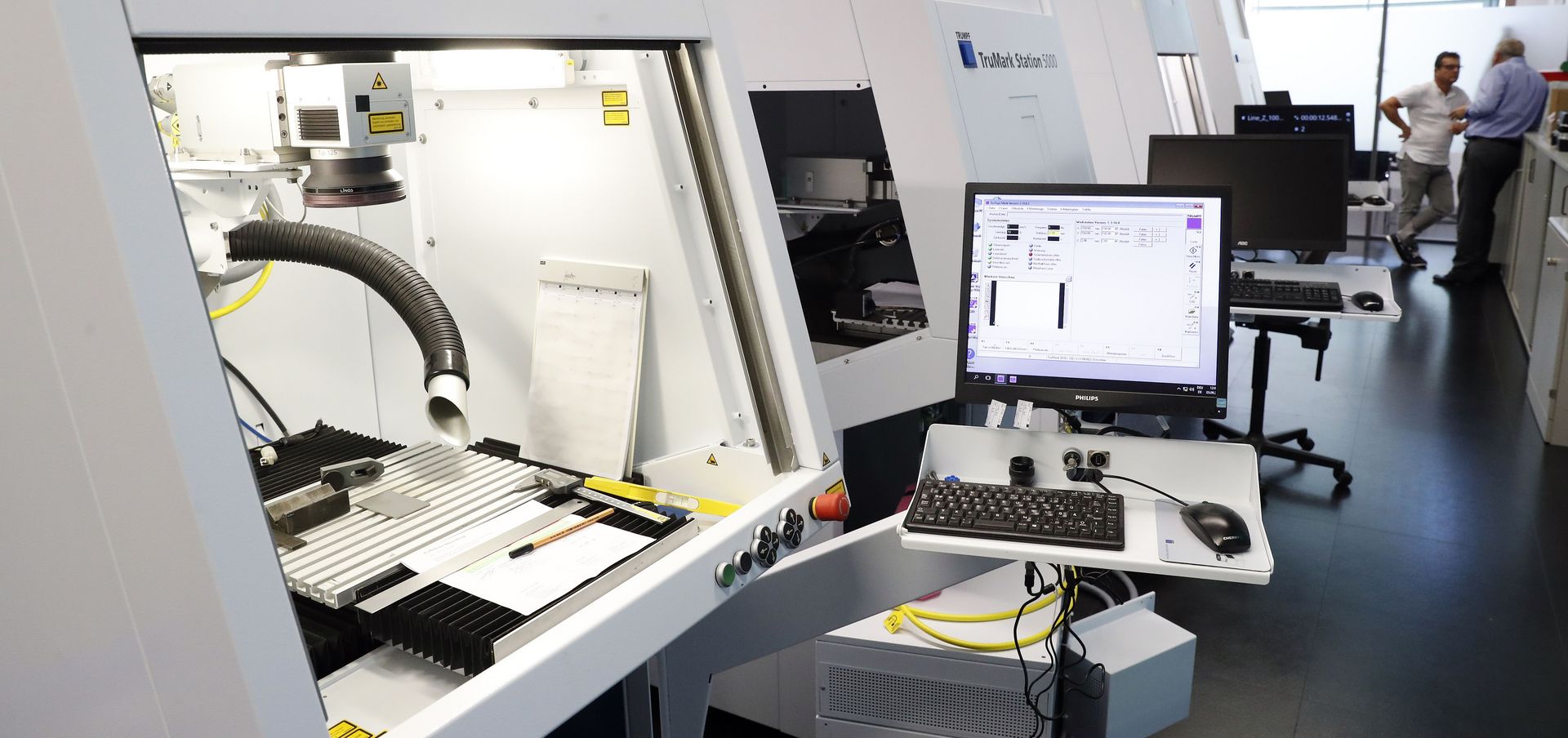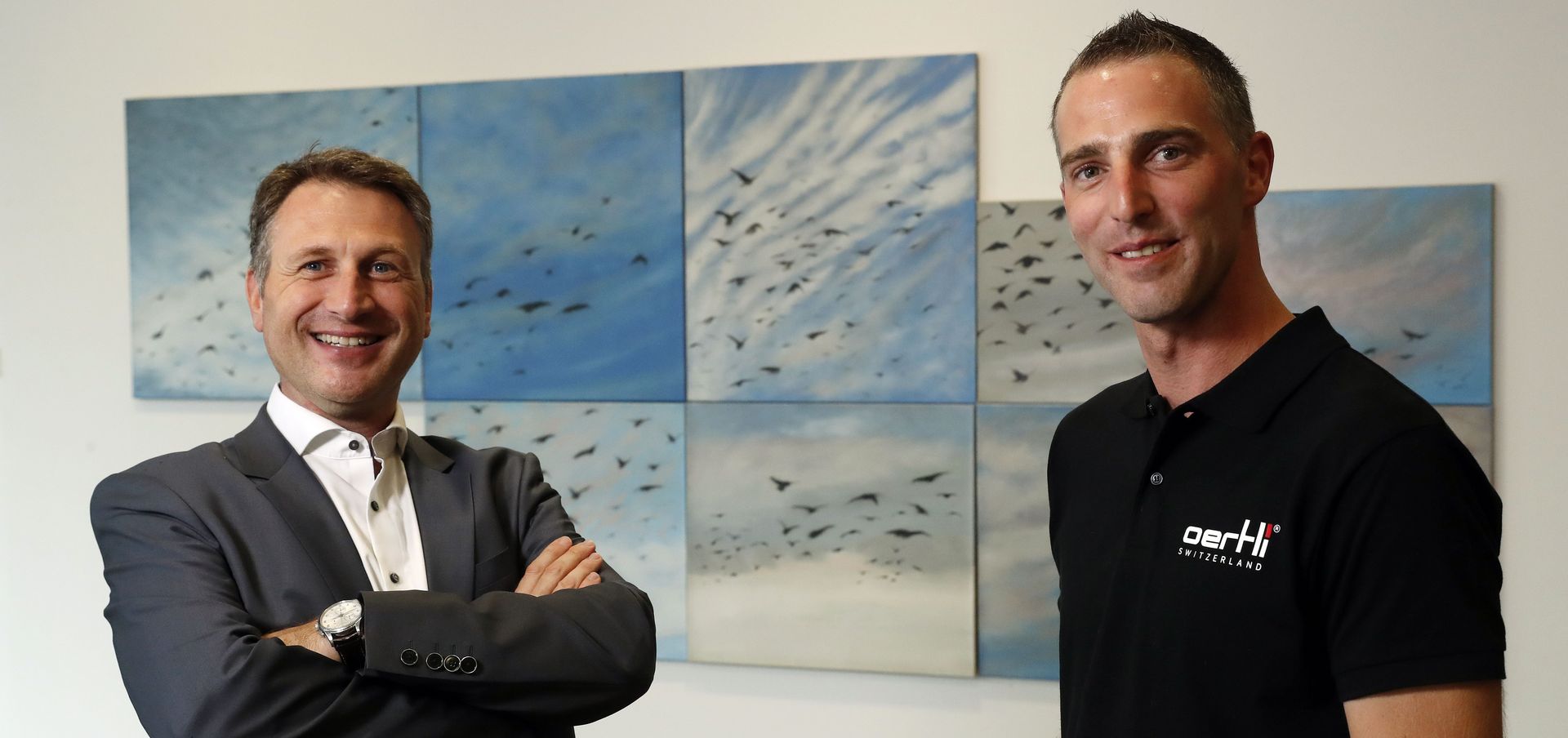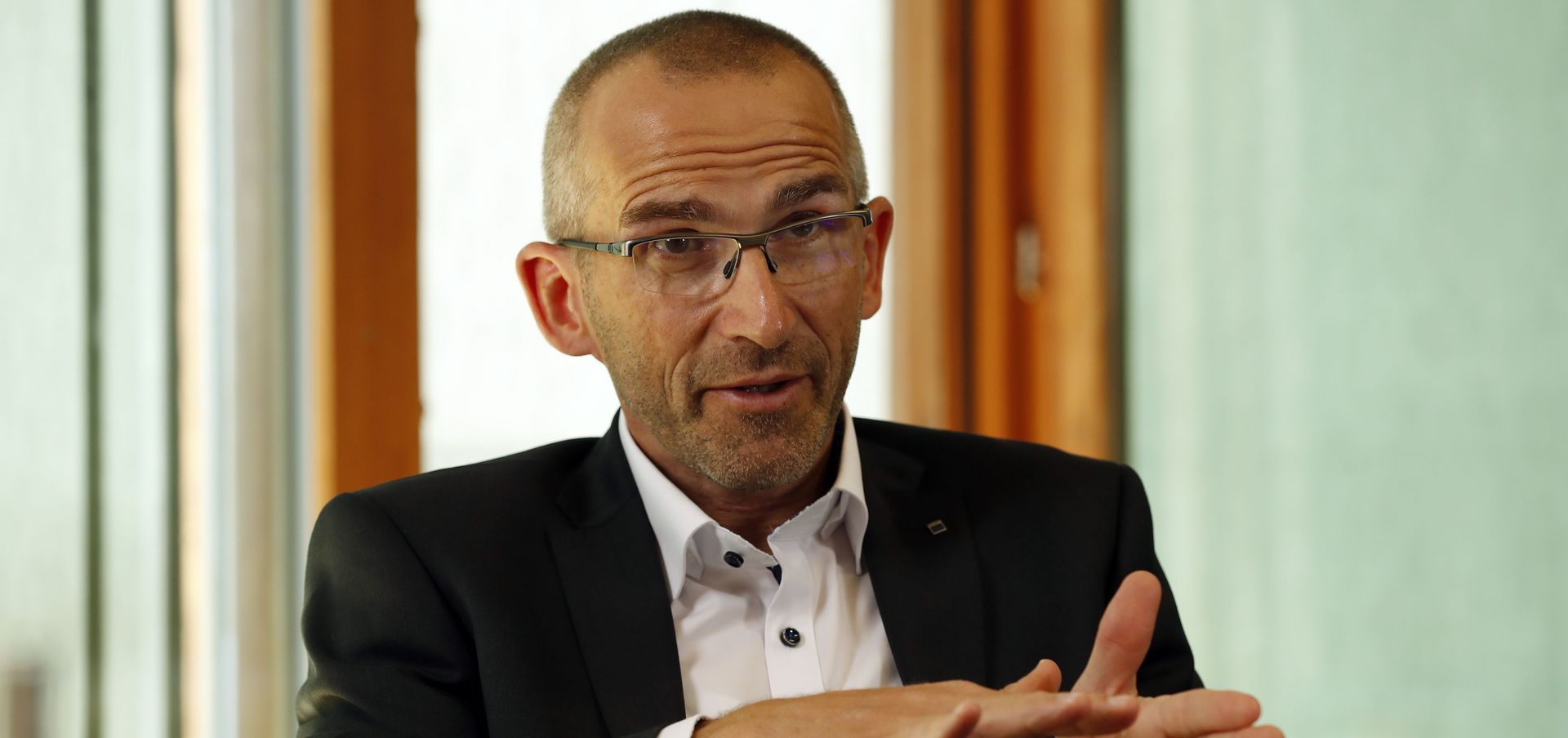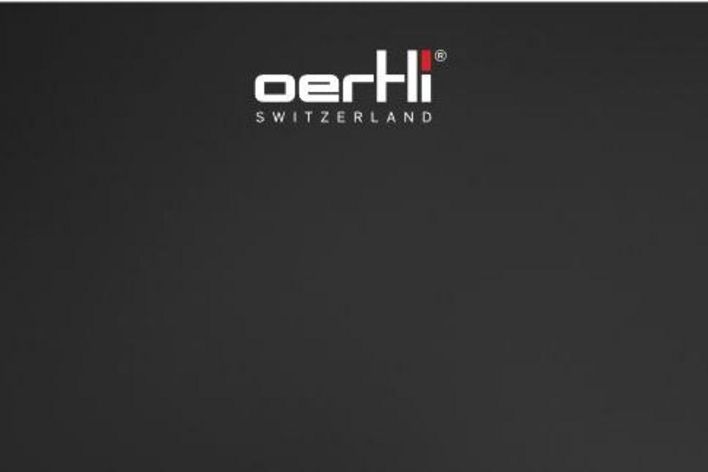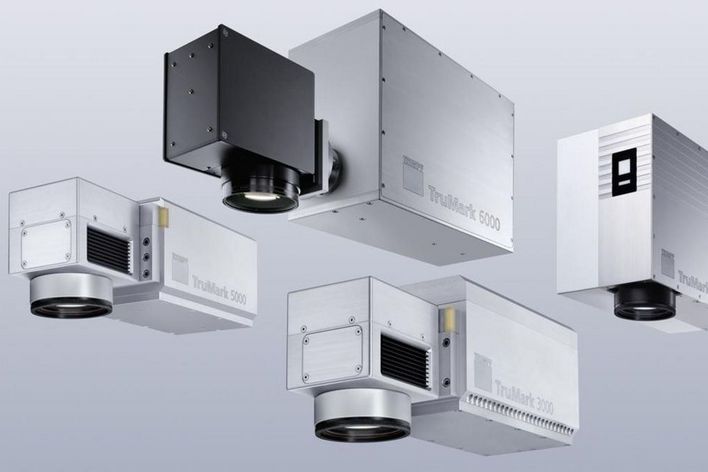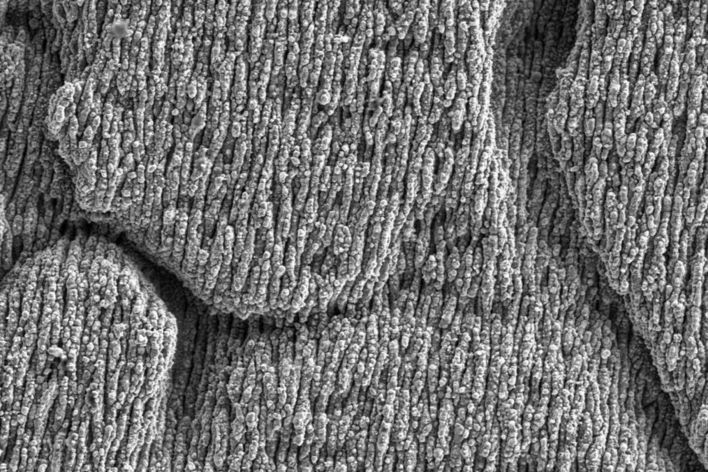Since 2016, medical technology companies in Europe have had to mark their products with a UDI data matrix. This "unique device identification" benefits patients in particular; if a fault occurs during production, the defective parts can be traced back and removed from the market more quickly. This, however, means additional effort on the part of the manufacturer, as in addition to their own markings (such as a logo), a numerical code and a machine-readable data matrix code must now be applied as well. Naturally, these must be clear and permanently visible, even if the products are frequently cleaned by patients or medical professionals.
In Berneck, St. Gallen, Switzerland, there is a company that is very familiar with this UDI directive: Oertli Instrumente AG. The company produces products for ophthalmic surgery. These are used by doctors in cataract, glaucoma, or vitrectomy operations, for example. "In the future instruments such as these must be provided with a UDI mark – as far as this is technically feasible," says Floriano Rossi, a member of the Management Board as well as Head of the Supply Chain at Oertli.
Oertli is very familiar with laser marking in medical technology
Initially, Rossi and his team did not believe that the additional mark would pose any issues, as laser marking is not a foreign concept to Oertli; the company set up a TRUMPF vector mark work station in Berneck back in 2006. Following on in 2016, Oertli wanted to reduce manual work and manufacture the products with a one-piece flow line. TRUMPF was quickly on board as a partner in this instance as well – their systems and fast on-site service in the past had made a good impression. For the new machines for automated production, Oertli decided on a TruMark Station 3000 with TruMark 5010 OneBox marking laser. The appropriate parameters were determined by TRUMPF and Oertli in a feasibility study, which allowed for the Oertli logo and additional marks to be applied with no issues. However, then came the new UDI specifications.
UDI marking more difficult than anticipated
What sounded quite simple, turned out to be quite the challenge. Roman Schwarz, Project Leader of Production Infrastructure, states: "We were able to rule out some of our instruments right from the start, because they were simply too small. But with the others, fulfilling the specifications on a small, curved surface was more difficult than we thought." However, the Oertli team knew that for difficulties with laser marking such as these, there was the TRUMPF global competence center, located in Grüsch, Graubünden. There, nestled in the Prättigau mountains, the high-tech company not only manufactures the devices, but also develops and researches the technology. Together with experts from TRUMPF, the specialists from Oertli now looked for the best possible method of marking. Very few rocks were left unturned in the process. For example, the surfaces of the instruments were polished by the developers through so-called barrel finishing; this is a special grinding technique for metals, whereby the workpieces are placed in a rotating container together with abrasive materials. Or instead of a square for a data matrix code, lengthening the code – a rectangular shape it seemed, was promising. There was also a free area around the code, the so-called quiet zone. This, the TRUMPF experts discovered, was best applied using an inverting method. This is where the opposite color of the code's color space is determined; black will therefore become white. The experts made progress towards the UDI code step by step, and the tinkering proved fruitful when an official UDI certification body accepted the marking in the end.
Black marking achieves good contrast on medical products
Andreas Conzelmann, CEO at TRUMPF Schweiz, sees the assignment by Oertli as an opportunity. After all, he explains, TRUMPF has to engage with regulations years in advance, and has gathered valuable expertise in doing so. The new UDI system was, however, a challenge for the approximately 100 engineers and physicists at the Grüsch competence center, he adds. "But having over 20 laser sources and three types of technology in our portfolio meant we are in a very good position to be able to react quickly," says Conzelmann.
UDI marking implemented using ultrashort pulse lasers
For the purposes of UDI, it was possible to use the ultrashort pulse laser (USP), which has been in use for years, and develop it further. "We already had the laser source which could produce a mark with utmost corrosion resistance in-house," says Conzelmann. The developers relied on black marking for the best possible contrast. In this process, a laser fires at the surface with extremely short pulses, creating structures within the nano range. The rough surface reduces the scattering of light, and the result is an extremely dark, high-contrast mark which can be easily read from various viewing angles, and is therefore considered "gaze-constant".
TRUMPF also provides the right software for laser marking
As is customary at TRUMPF, the developers needed to approach the topic holistically, so that the customer can benefit from a finished, complete package at the end. Something that comes with database connections and the required interfaces, for example. Generally speaking, software has now also gained a position of importance. "As seen with the Oertli instruments, marking lasers must be able to mark not only flat surfaces, but curved surfaces as well. This means the software must adjust the focus position in the Z axis extremely quickly. The new TruTops Mark 3.0 software, for example, helps with this and TRUMPF has since installed it for initial test customers. This allows markings to be made on surfaces of any shape," says Conzelmann. Oertli is happy to implement the new UDI marking. After all, the well-being of patients is their main priority.

